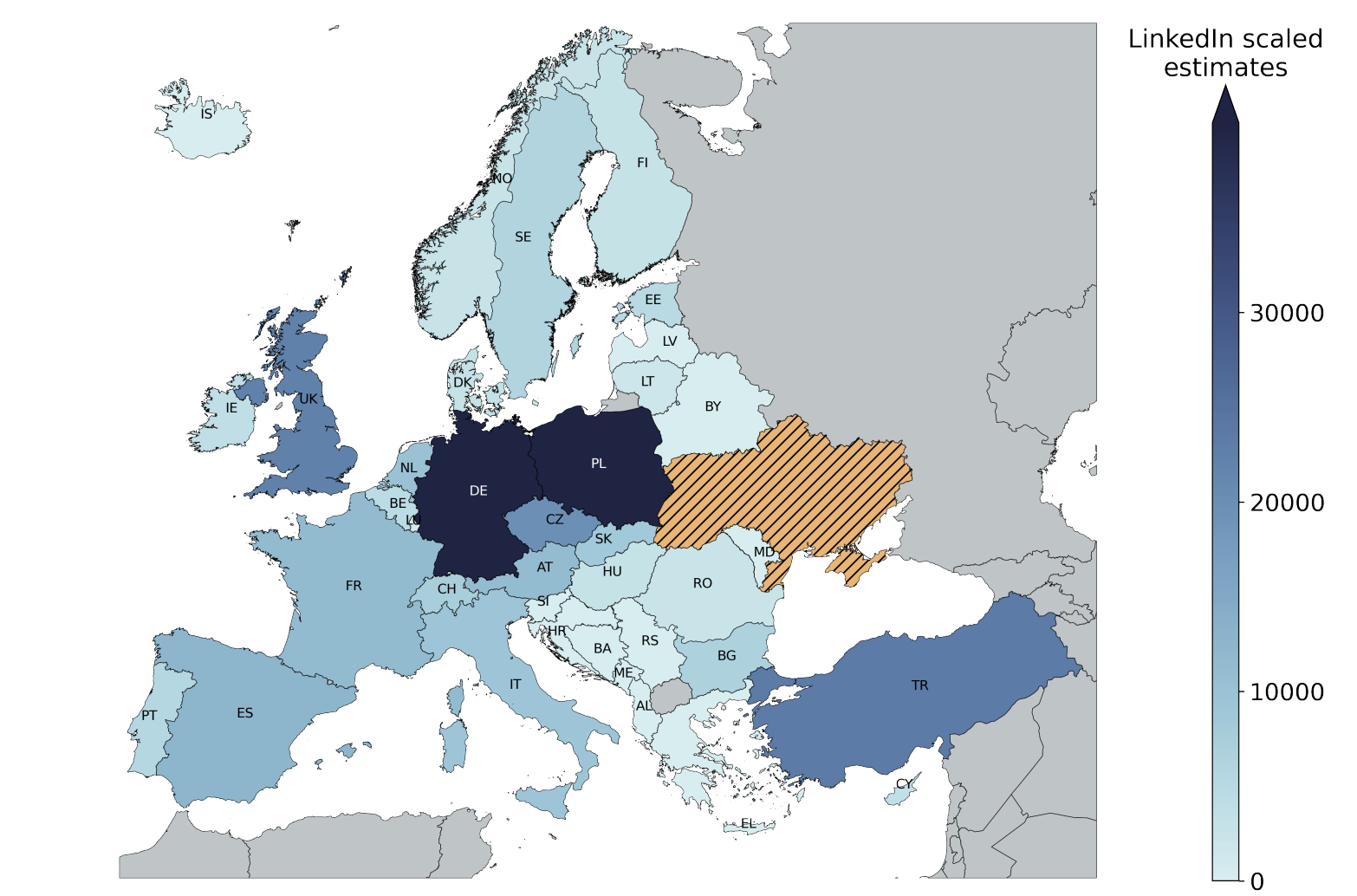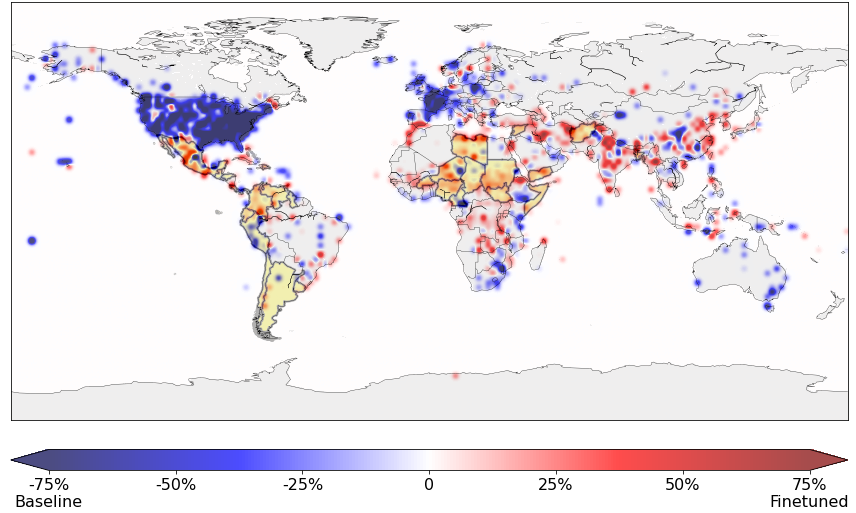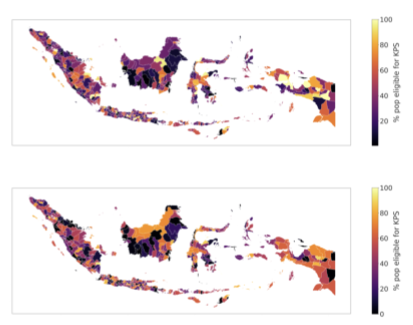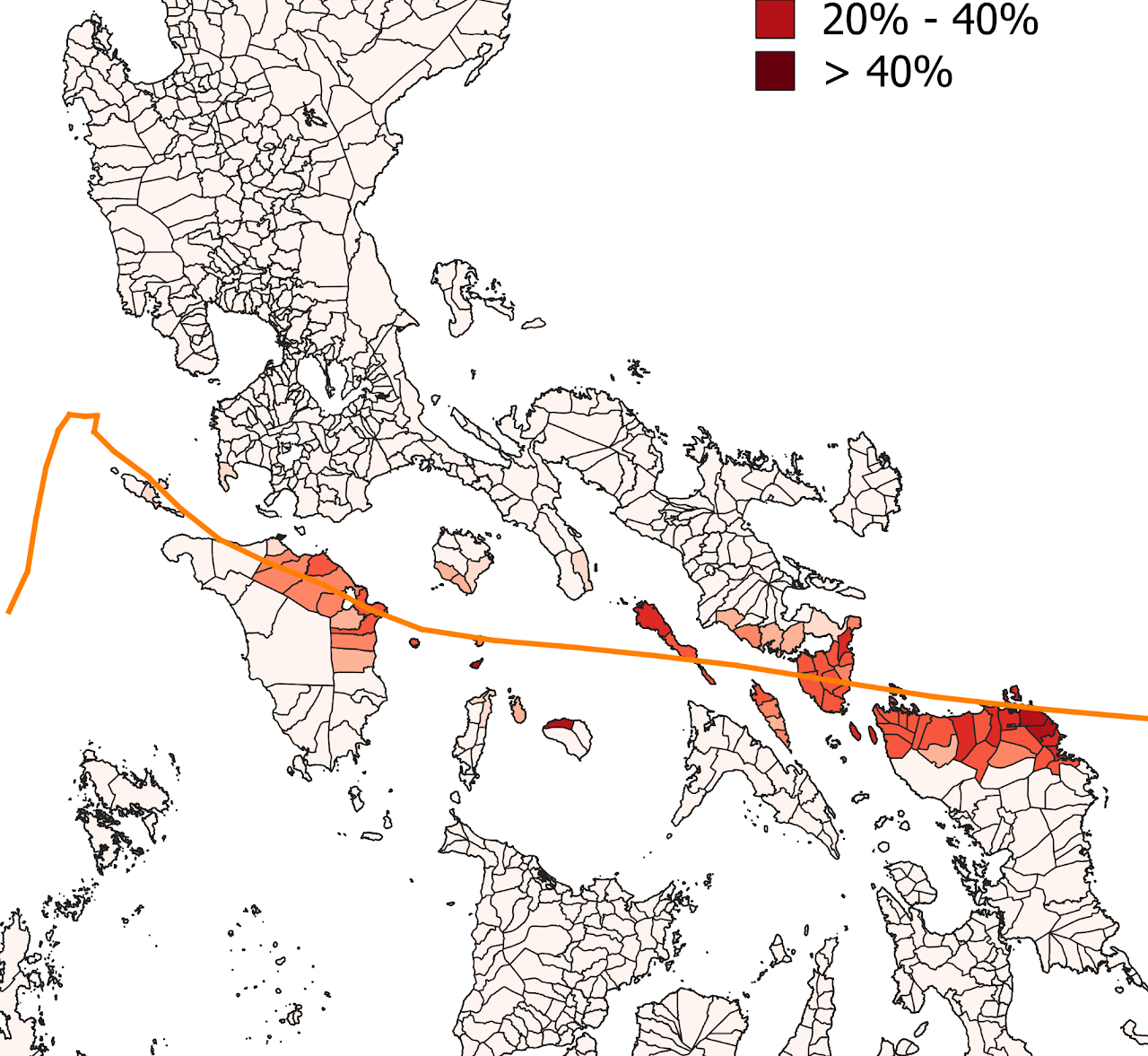From Ukraine to the World: Using LinkedIn Data to Monitor Professional Migration from Ukraine

In collaboration with Margherita Bertè and Daniela Paolotti from ISI Foundation.
Highly skilled professionals’ forced migration from Ukraine was triggered by the conflict in Ukraine in 2014 and amplified by the Russian invasion in 2022. Here, we utilize LinkedIn estimates and official refugee data from the World Bank and the United Nations Refugee Agency, to understand which are the main pull factors that drive the decision-making process of the host country. We identify an ongoing and escalating exodus of educated individuals, largely drawn to Poland and Germany, and underscore the crucial role of pre-existing networks in shaping these migration flows.
Key findings include a strong correlation between LinkedIn’s estimates of highly educated Ukrainian displaced people and official UN refugee statistics, pointing to the significance of prior relationships with Ukraine in determining migration destinations. We train a series of multilinear regression models and the SHAP method revealing that the existence of a support network is the most critical factor in choosing a destination country, while distance is less important. Our main findings show that the migration patterns of Ukraine’s highly skilled workforce, and their impact on both the origin and host countries, are largely influenced by pre-existing networks and communities. This insight can inform strategies to tackle the economic challenges posed by this loss of talent and maximize the benefits of such migration for both Ukraine and the receiving nations.
Read the full article published at ACM GOOD IT 23
Selected Works

Moral Expression in Different Domains#MoralValues

Political Influence on Vaccination#VaccineHesitancy

Geolocating Humanitarian Documents#HumanitarianAI

Monitoring Ukrainian Immigration via LinkedIn Estimates#SocialInequalities

Soundscapes of Morality#MoralValues

Poverty Index in Indonesia#HumanitarianAI

